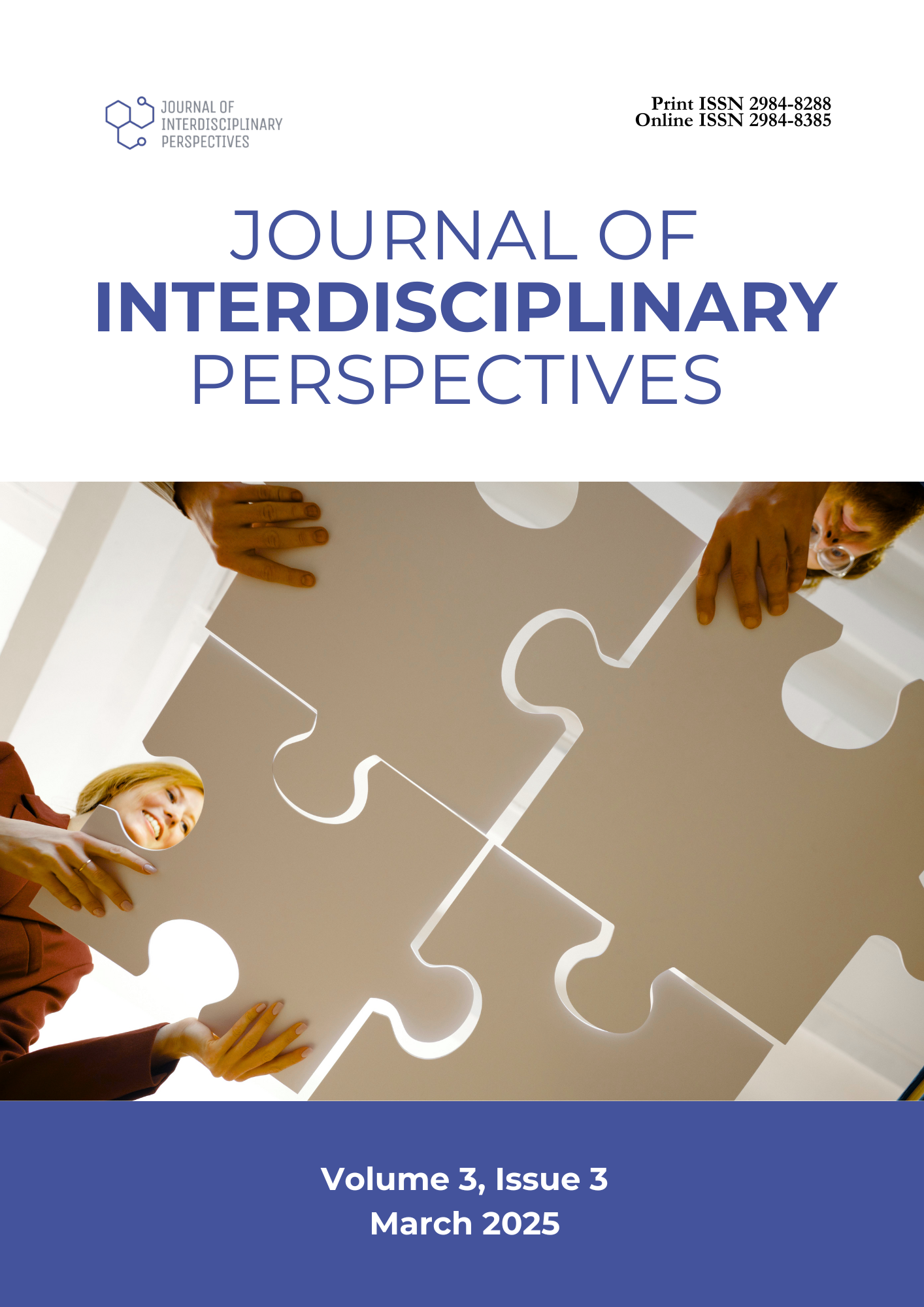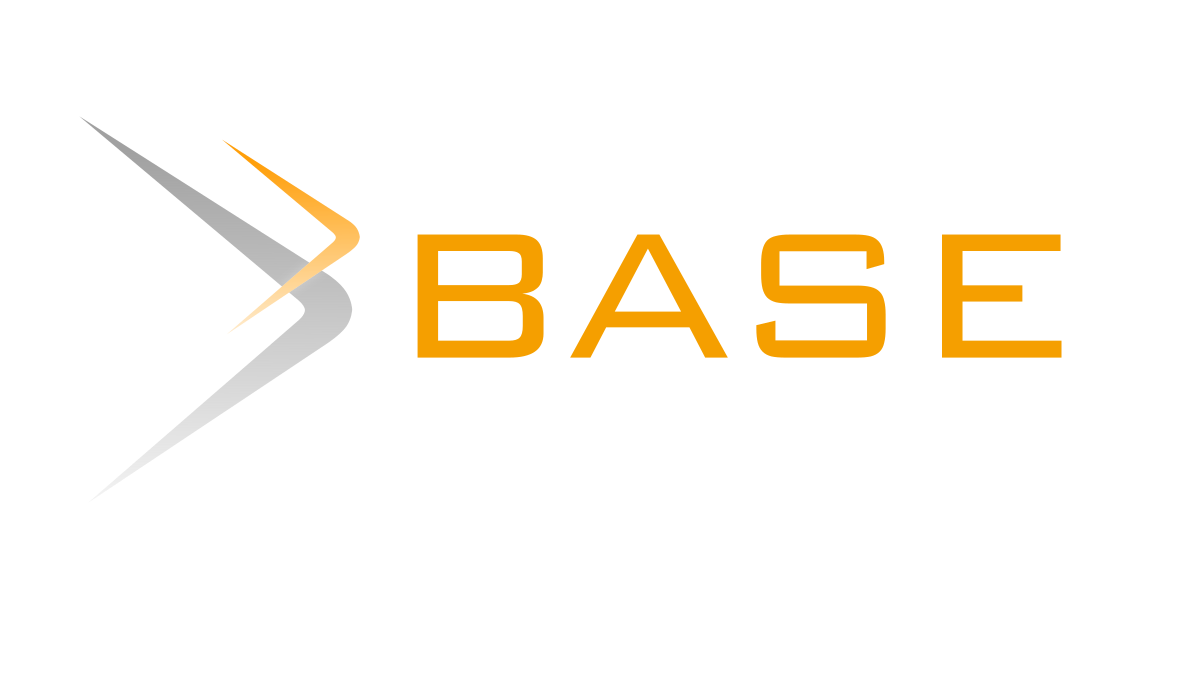A Systematic Review of Mobile Banking, Fintech Innovations, and Regulatory Gaps to Achieve Financial Inclusion in the Philippines
DOI:
https://doi.org/10.69569/jip.2025.056Keywords:
Digital financial inclusion, Mobile banking, Fintech innovations, Marginalized communities, PhilippinesAbstract
Digital financial inclusion has become vital in bridging economic disparities, particularly in the Philippines, where 68% of adults remained unbanked as of 2021. This systematic review, adhering to PRISMA guidelines, synthesizes 26 studies (2014–2024) to evaluate how mobile banking, fintech innovations, and regulatory frameworks contribute to financial inclusion in marginalized communities. Findings reveal that platforms like GCash have considerably enhanced access to financial services, reducing cash dependency by 41% in urban and 29% in rural areas. However, structural inequities persist, including the digital divide in regions like Visayas and Mindanao, low financial literacy (only 34% of low-income users understand digital security), and gender gaps (women-owned MSMEs represent 22% of fintech borrowers despite comprising 39% of entrepreneurs). Regulatory frameworks like the National Retail Payment System improved transaction volumes but struggled with fragmentation and rural implementation. The COVID-19 pandemic accelerated digitization yet exacerbated exclusion for low-literacy populations. The study emphasizes the need for multidimensional strategies: infrastructure investments in rural connectivity, gender-responsive fintech designs, regulatory harmonization, and community-driven literacy programs. Future research must address longitudinal impacts, intersectional barriers, and policy effectiveness to achieve equitable financial inclusion in the Philippines.
Downloads
References
Acosta, P., Endo, I., Garcia Garcia Luna, J. A., De Guzman, A., & Okamura, Y. (2019). Making Payments More Efficient for the Philippines Conditional Cash Transfer Program. Retrieved from https://doi.org/10.1596/32540
ADB. (2024). Leveraging Fintech for Women Entrepreneurs in Indonesia, the Philippines, and Viet Nam. Retrieved from https://doi.org/10.22617/TCS240279-2
Agur, I., Peria, S. M., & Rochon, C. (2020). Digital financial services and the pandemic: Opportunities and risks for emerging and developing economies. International Monetary Fund Special Series on COVID-19, Transactions, 1, 2-1. https://tinyurl.com/ycva2kxv
Ali, A. O. (2024). The Payments Security and Convenience on Consumer of Mobile Payments in Baguio City, Philippines. European Journal of Management and Marketing Studies, 9(3), 3. https://doi.org/10.46827/ejmms.v9i3.1872
Al-Jabri, I., & Sohail, M. S. (2012). Mobile Banking Adoption: Application of Diffusion of Innovation Theory. Journal of Electronic Commerce Research, 13, 379–391. https://ssrn.com/abstract=2523623
Allen, F., & Santomero, A. (1997). A Theory of Financial Intermediation. Journal of Banking & Finance, 21, 1461–1485. https://doi.org/10.1016/S0378-4266(97)00032-0 Anne, G. (2024). E-Commerce Growth and Digital Payments in the Philippines. International Journal of Technology and Systems, 9(4), 4. https://doi.org/10.47604/ijts.2817
Asfaw, H. A. (2015). Financial Inclusion through Mobile Banking: Challenges and Prospects. International Journal of Scientific Research in Science and Technology, 1(4), 232–238. https://www.academia.edu/download/39808750/17.pdf
Binaluyo, J. P., Santos, A. R., & Agustin, N. B. (2024). Challenges and Opportunities for Digital Transformation in Philippine Microfinance Institutions. International Journal of Economics and Financial Issues, 14(5), 269–278. https://doi.org/10.32479/ijefi.16526
Braun, V., & Clarke, V. (2022). Conceptual and design thinking for thematic analysis. Qualitative Psychology, 9(1), 3–26. https://doi.org/10.1037/qup0000196
Bromberg, L., Godwin, A., & Ramsay, I. (2017). Fintech sandboxes: Achieving a balance between regulation and innovation. Journal of Banking and Finance Law and Practice, 28(4), 314-
336. https://ssrn.com/abstract=3090844
BSP. (2023). Financial Inclusion in the Philippines Dashboard | As of Fourth Quarter 2023. Retrieved from https://tinyurl.com/mry4kyhx
Celestino, A., Vigonte, F., & Abante, M. V. (2024). The Role of Fintech in the Monetary Policy Transmission and Financial Inclusion in the Philippines. SSRN Electronic Journal. https://doi.org/10.2139/ssrn.4732456
Chaturvedi, P., & Sinha, S. K. (2024). Regulation of Fintech Innovations through Policy Frameworks: Ensuring Consumer Protection Whilst Promoting Innovation. BSSS Journal of Management, 15(1), 83–104. https://doi.org/10.51767/jm1506.
Cooper, H., Hedges, L. V., & Valentine, J. C. (2019). The Handbook of Research Synthesis and Meta-Analysis. New York, United States: The Russell Sage Foundation.
Dalabajan, D. (2019). Cash-in Hand: Electronic cash transfer and digital financial inclusion during crises and conflicts in the Philippines. Retrieved from https://doi.org/10.21201/2019.5396
Debuque-Gonzales, M., & Corpus, J. P. P. (2024). Understanding Financial Inclusion in the Philippines. Philippine Journal of Development, 48(1), 1–38. https://www.proquest.com/scholarly-journals/understanding-financial-inclusion-philippines/docview/3093212838/se-2
Debuque-Gonzales, M., Miral, R. M. L., & Ruiz, and M. G. C. (2023). Financial Inclusion, Financial Technology, and the COVID-19 Pandemic: The Philippine Case. PIDS Discussion Paper Series. https://www.econstor.eu/handle/10419/284644
Demirgüç-Kunt, A., Klapper, L., Singer, D., & Ansar, S. (2022). The Global Findex Database 2021: Financial Inclusion, Digital Payments, and Resilience in the Age of COVID-19. Retrieved from https://doi.org/10.1596/978-1-4648-1897-4
Demirgüç-Kunt, A., Klapper, L., Singer, D., Ansar, S., & Hess, J. (2020). The Global Findex Database 2017: Measuring financial inclusion and opportunities to expand access to and use of financial services. The World Bank Economic Review, 34(Supplement_1), S2–S8. https://doi.org/10.1093/wber/lhz013
Gallego-Losada, M.-J., Montero-Navarro, A., Gallego-Losada, R., & Rodríguez-Sánchez, J.-L. (2024). Measuring financial divide in the rural environment. The potential role of the digital transformation of finance. International Entrepreneurship and Management Journal, 20(4), 2791–2810. https://doi.org/10.1007/s11365-024-00992-4
Gallego-Losada, M.-J., Montero-Navarro, A., García-Abajo, E., & Gallego-Losada, R. (2023). Digital financial inclusion. Visualizing the academic literature. Research in International Business and Finance, 64, 101862. https://doi.org/10.1016/j.ribaf.2022.101862
Gumba, B. G. (2018). Mobile Money in a Poor Fishing Municipality in the Philippines. Poverty & Public Policy, 10(1), 81–94. https://doi.org/10.1002/pop4.206
Houngbonon, G. V., Le Quentrec, E., & Rubrichi, S. (2021). Access to electricity and digital inclusion: evidence from mobile call detail records. Humanities and Social Sciences Communications, 8(1), 1-11. https://doi.org/10.1057/s41599-021-00848-0
Joshi, T., Gupta, S.S., Rangaswamy, N. (2019). Digital Wallets ‘Turning a Corner’ for Financial Inclusion: A Study of Everyday PayTM Practices in India. In: Nielsen, P., Kimaro, H. (eds) Information and Communication Technologies for Development. Strengthening Southern-Driven Cooperation as a Catalyst for ICT4D. ICT4D 2019. IFIP Advances in Information and Communication Technology, vol 552. Springer, Cham. https://doi.org/10.1007/978-3-030-19115-3_23
Khan, K., Kunz, R., Kleijnen, J., & Antes, G. (2003). Five steps to conducting a systematic review. Journal of the Royal Society of Medicine, 96(3), 118–121. https://doi.org/10.1177/014107680309600304
Lim, J. E. K., Aquino, J. K., Garcia, J. A., Ong, R. J., & Soliman, D. (2020). The Impact of Demand Side Barriers and Supply Side Barriers to Financial Inclusions: A Study on Micro Enterprises in Metro Manila. Review of Integrative Business and Economics Research, 9(3). https://tinyurl.com/4yct77nt
Littell, J. H., Corcoran, J., & Pillai, V. (2008). Systematic Reviews and Meta-Analysis. New York, United States: Oxford University Press.
Llanto, G. M. (2015). Financial inclusion, education, and regulation in the Philippines. ADBI Working Paper. https://www.econstor.eu/handle/10419/115358
Llanto, G. M., & Rosellon, M. A. D. (2017). What determines financial inclusion in the Philippines? Evidence from a national baseline survey. PIDS Discussion Paper Series. https://www.econstor.eu/handle/10419/210998
Llanto, G. M., Rosellon, M. A. D., & Ortiz, M. K. P. (2018). E-finance in the Philippines: Status and prospects for digital financial inclusion. PIDS Discussion Paper Series. https://www.econstor.eu/handle/10419/211042
Lotter, M., & Okoro, C. S. (2024). The role of infrastructure in financial inclusion – An integrative review. In: Development and Investment in Infrastructure in Developing Countries: A 10- Year Reflection. CRC Press. https://doi.org/10.1201/9781003483519-17
Moher, D., Liberati, A., Tetzlaff, J., & Altman, D. G. (2010). Preferred reporting items for systematic reviews and meta-analyses: The PRISMA statement. International Journal of Surgery, 8(5), 336–341. https://doi.org/10.1016/j.ijsu.2010.02.007
Molina, K. F. (2024). The duality of digital technology through amplification: A case study of GCash in the Philippines (Masters Thesis). University of Oslo, Norway.
Nair, V. P. (2016). Eschewing Cash: The Challenges of Cashless Transactions in the Philippines. Journal of Southeast Asian Economies, 33(3), 387–397. https://doi.org/10.1355/ae33-3f Orencia, A. J. (2023). Digital Banking Revolution in the Philippines and its Drivers, Impacts, and Challenges: A Multifaceted Analysis. International Journal of Open-Access,
Interdisciplinary & New Educational Discoveries of ETCOR Educational Research Center, 2(3), 820–826. https://ssrn.com/abstract=4574364 Ozili, P. K. (2018). Impact of digital finance on financial inclusion and stability. Borsa Istanbul Review, 18(4), 329–340. https://doi.org/10.1016/j.bir.2017.12.003
Page, M. J., McKenzie, J. E., Bossuyt, P. M., Boutron, I., Hoffmann, T. C., Mulrow, C. D., Shamseer, L., Tetzlaff, J. M., Akl, E. A., Brennan, S. E., Chou, R., Glanville, J., Grimshaw, J. M., Hróbjartsson, A., Lalu, M. M., Li, T., Loder, E. W., Mayo-Wilson, E., McDonald, S., … Moher, D. (2021). The PRISMA 2020 statement: An updated guideline for reporting systematic reviews. BMJ, 372, n71. https://doi.org/10.1136/bmj.n71
Petticrew, M., & Roberts, H. (2006). Systematic Reviews in the Social Sciences: A Practical Guide. Victoria, Australia: Blackwell Publishing.
Popay, J., Roberts, H., Sowden, A., Petticrew, M., Arai, L., Rodgers, M., & Britten, N. (2006). Guidance on the Conduct of Narrative Synthesis in Systematic Reviews. Retrieevd from https://tinyurl.com/mpvb7axm
Quimba, F. M. A., Barral, M. A. A., & Carlos, J. C. T. (2021). Analysis of the FinTech landscape in the Philippines. PIDS Discussion Paper Series. https://www.econstor.eu/handle/10419/256864
Quimba, F. M. A., & Calizo, S. C. (2018). Going digital: From innovation to inclusive growth in the Philippines. PIDS Discussion Paper Series. https://www.econstor.eu/handle/10419/211039
Raon, C. J. B., Leon, M. V. D., & Dui, R. (2021). Adoption of E-Payment Systems in the Philippines. Jurnal Ilmu Komunikasi, 18(1), Article 1. https://doi.org/10.24002/jik.v18i1.3197 Sanchez, J. A. R., & Tanpoco, M. (2023). Continuance Intention of Mobile Wallet Usage in the Philippines: A Mediation Analysis. Review of Integrative Business and Economics Research,
12(3), 128–142. https://tinyurl.com/5e5nmj7m
Santos, D. A. R. (2023). The Rise of Digital Payments: Transforming the Financial Landscape in the Philippines. International Journal of Applied Engineering and Technology, 5(2), 22–27. https://romanpub.com/resources/ijaet%20v5-2-2023-04.pdf
Suri, T., & Jack, W. (2016). The long-run poverty and gender impacts of mobile money. Science, 354(6317), 1288-1292. https://doi.org/10.1126/science.aah5309 Susilo, D., & Dizon, C. C. G. (2023). Digital Payment Transformation in the Philippines: From Cash to GCash. Jurnal Ekonomi, 12(04), Article 04.
https://www.ejournal.seaninstitute.or.id/index.php/Ekonomi/article/view/3366
Tano, I. (2024). Role of information technology in the administration of economic development in the Philippines. Pantao (International Journal of the Humanities and Social Sciences). https://doi.org/10.69651/PIJHSS030316
Tovar, M. E. L., Ortíz de Zárate, A., Pavon, L., & Tacujan, P. (2014). Financial Inclusion, Mobile Banking, and Remittances in Mexico and the Philippines. Journal of Political Risk, 2(1). https://tinyurl.com/usxx2fww
Venkatesh, V., & Davis, F. D. (2000). A theoretical extension of the technology acceptance model: Four longitudinal field studies. Management Science, 46(2), 186–204. https://doi.org/10.1287/mnsc.46.2.186.11926
Yamada, E., Shimizutani, S., & Murakami, E. (2021). The COVID-19 pandemic, remittances and financial inclusion in the Philippines. Philippine Review of Economics, 57(1), Article 1. https://doi.org/10.37907/2ERP2020J
Downloads
Published
How to Cite
Issue
Section
License
Copyright (c) 2025 Journal of Interdisciplinary Perspectives

This work is licensed under a Creative Commons Attribution-NonCommercial 4.0 International License.









